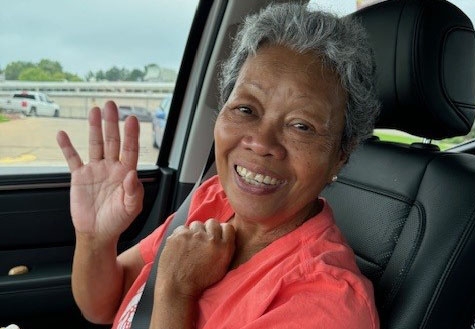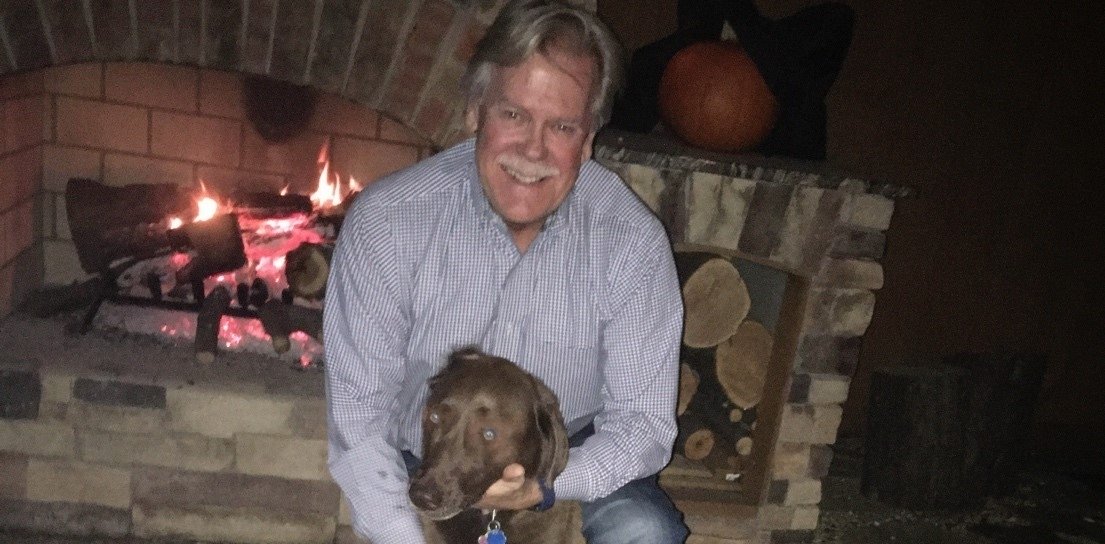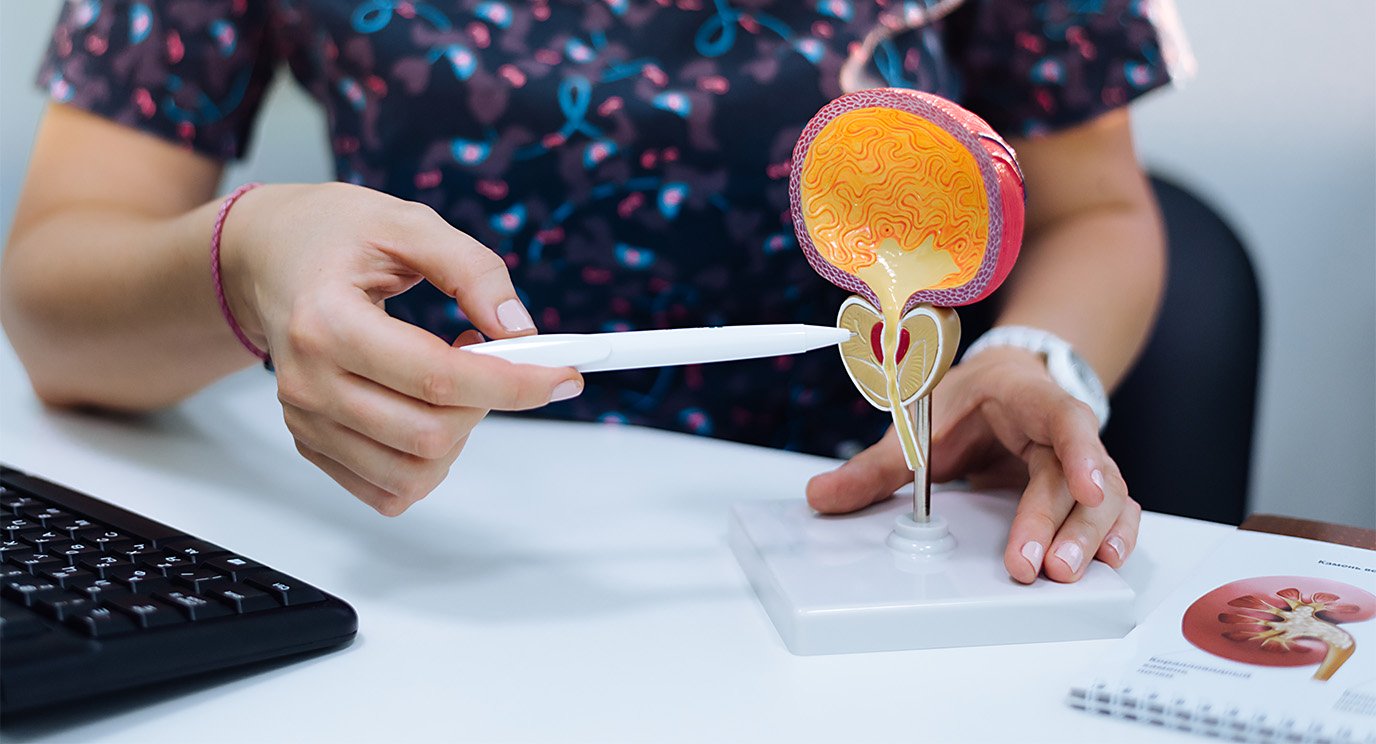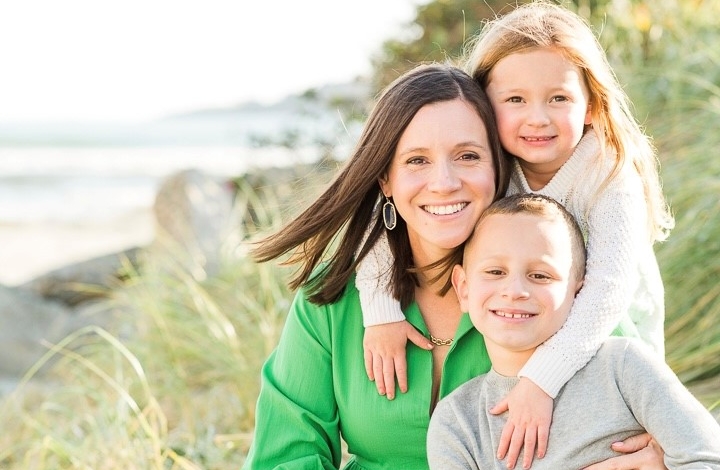- Diseases
- Acoustic Neuroma (14)
- Adrenal Gland Tumor (24)
- Anal Cancer (66)
- Anemia (2)
- Appendix Cancer (16)
- Bile Duct Cancer (28)
- Bladder Cancer (68)
- Brain Metastases (28)
- Brain Tumor (230)
- Breast Cancer (716)
- Breast Implant-Associated Anaplastic Large Cell Lymphoma (2)
- Cancer of Unknown Primary (4)
- Carcinoid Tumor (8)
- Cervical Cancer (154)
- Colon Cancer (164)
- Colorectal Cancer (110)
- Endocrine Tumor (4)
- Esophageal Cancer (42)
- Eye Cancer (36)
- Fallopian Tube Cancer (6)
- Germ Cell Tumor (4)
- Gestational Trophoblastic Disease (2)
- Head and Neck Cancer (6)
- Kidney Cancer (124)
- Leukemia (344)
- Liver Cancer (50)
- Lung Cancer (288)
- Lymphoma (284)
- Mesothelioma (14)
- Metastasis (30)
- Multiple Myeloma (98)
- Myelodysplastic Syndrome (60)
- Myeloproliferative Neoplasm (4)
- Neuroendocrine Tumors (16)
- Oral Cancer (100)
- Ovarian Cancer (170)
- Pancreatic Cancer (166)
- Parathyroid Disease (2)
- Penile Cancer (14)
- Pituitary Tumor (6)
- Prostate Cancer (144)
- Rectal Cancer (58)
- Renal Medullary Carcinoma (6)
- Salivary Gland Cancer (14)
- Sarcoma (236)
- Skin Cancer (294)
- Skull Base Tumors (56)
- Spinal Tumor (12)
- Stomach Cancer (60)
- Testicular Cancer (28)
- Throat Cancer (90)
- Thymoma (6)
- Thyroid Cancer (98)
- Tonsil Cancer (30)
- Uterine Cancer (78)
- Vaginal Cancer (14)
- Vulvar Cancer (18)
- Cancer Topic
- Adolescent and Young Adult Cancer Issues (20)
- Advance Care Planning (10)
- Biostatistics (2)
- Blood Donation (18)
- Bone Health (8)
- COVID-19 (362)
- Cancer Recurrence (120)
- Childhood Cancer Issues (120)
- Clinical Trials (624)
- Complementary Integrative Medicine (24)
- Cytogenetics (2)
- DNA Methylation (4)
- Diagnosis (230)
- Epigenetics (6)
- Fertility (62)
- Follow-up Guidelines (2)
- Health Disparities (14)
- Hereditary Cancer Syndromes (122)
- Immunology (18)
- Li-Fraumeni Syndrome (8)
- Mental Health (118)
- Molecular Diagnostics (8)
- Pain Management (62)
- Palliative Care (8)
- Pathology (10)
- Physical Therapy (18)
- Pregnancy (18)
- Prevention (892)
- Research (390)
- Second Opinion (74)
- Sexuality (16)
- Side Effects (604)
- Sleep Disorders (10)
- Stem Cell Transplantation Cellular Therapy (216)
- Support (404)
- Survivorship (322)
- Symptoms (184)
- Treatment (1772)
Motorcycle racing champion in remission after leukemia clinical trial
6 minute read | Published July 09, 2021
Medically Reviewed | Last reviewed by an MD Anderson Cancer Center medical professional on July 09, 2021
As one of off-road motorcycle racing’s greatest legends, Destry Abbott is used to pushing his body to the limit. That’s why he knew something was amiss when he began feeling exhausted and in pain five years ago.
“My family doctor thought I might have chronic fatigue syndrome or Lyme disease,” he says. “But not this.”
“This” was acute lymphoblastic leukemia, or ALL – an aggressive cancer of the blood and bone marrow.
Arriving at an acute lymphoblastic leukemia diagnosis
Destry learned he had ALL after pulling out of a race in Idaho. He’d trained all month and was ready to race, but his physical symptoms began to worsen as soon as he arrived.
“I could only walk a few feet before running out of breath. I had zero energy, and my leg hurt so badly, I thought I’d broken it.”
He cut his trip short and flew home to Arizona.
“I never quit anything, but I had no choice,” he says. “I didn’t understand what was happening to my body. All I knew is I went from feeling poorly to feeling like I was dying in a matter of days.”
When Destry landed in Phoenix, he went straight to the hospital.
Blood tests and a bone marrow biopsy revealed he had Philadelphia chromosome-positive ALL, the most aggressive form of acute lymphoblastic leukemia. It occurs when pieces of chromosomes 9 and 11 break off and switch places. One-fourth of adult patients with ALL, including Destry, have this chromosomal rearrangement.
“Finally, it all made sense,” he says. “The bone pain, fatigue and shortness of breath I was experiencing are all classic symptoms of leukemia.”
The road to MD Anderson for acute lymphoblastic leukemia treatment
Doctors advised Destry to begin chemotherapy immediately. Cancer cells had invaded 90% of his bone marrow, which explained the pain in his leg. Without chemotherapy, he’d be dead in three days, they said.
“I went straight from the emergency room to a hospital room,” Destry recalls. “I didn’t even get a chance to go home and pack a bag.”
For two months, he stayed in that room where he received infusions of hyper-CVAD – a high-dose combination of the chemotherapy drugs cyclophosphamide, vincristine sulfate, doxorubicin hydrochloride (Adriamycin) and dexamethasone. The drugs were so powerful that they had to be divided into small doses and given several times each day.
“That chemo hit me hard,” Destry says. “Six years before my leukemia diagnosis, I was struck by lightning while motorcycling through the desert in Flagstaff. I suffered a burned retina which blinded me in one eye for a year, and an irregular heartbeat which took six months to stabilize. For me, that was easier than chemo.”
Only two months into his eight-month treatment plan, he told his wife, Charlotte, that he probably wouldn’t survive the treatment.
“Mentally and physically, I was just done,” he recalls. “The doctors weren’t giving me much hope.”
Charlotte had no intention of allowing her husband to give up. She set out to find another hospital that would offer her husband a better prognosis. Steve Fox, a family friend and off-road motorcycle enthusiast from El Paso, suggested MD Anderson.
“I was treated for head and neck cancer 20 years ago at MD Anderson, and my care was exceptional,” says Fox, who remains cancer-free. “Everyone was very compassionate and supportive – at MD Anderson, it’s all about the patient.”
A clinical trial for acute lymphoblastic leukemia
Days later, Destry and Charlotte arrived at MD Anderson where they met with Michael Wang, M.D.
“We can help you,” Wang said. “You’ll have the best, most up-to-date treatment. Your chances for survival are excellent.”
For the first time since his diagnosis, Destry felt hopeful.
“My stress started to melt away,” he says. “I knew immediately that MD Anderson was where I needed to be.”
Wang referred Destry to leukemia specialist Elias Jabbour, M.D., who was leading an MD Anderson clinical trial for patients with Philadelphia-positive ALL.
Participants receive the same hyper-CVAD regimen Destry had in Arizona, but they also take an oral targeted therapy pill called ponatinib. Jabbour likens ponatinib to a “targeted weapon” because it zeros in on and blocks a protein produced by the Philadelphia chromosome that stimulates leukemia cells to grow.
“Let’s do it,” Destry said. “I give 100% to everything I do, and that includes battling cancer.”
Three days after joining the clinical trial, he told Charlotte that he was going to make it through treatment after all.
“That’s what I’d been waiting to hear,” Charlotte says. “My husband was back.”
RELATED: Clinical trial puts Philadelphia chromosome-positive leukemia survivor in remission.
Facing leukemia and breast cancer diagnoses together
At MD Anderson, Destry received eight hyper-CVAD infusions – one per month. Each treatment required a five-day hospital stay.
To kill any remaining cancer cells that may have escaped and fled to the brain, he also underwent 12 lumbar punctures during which the chemotherapy drugs methotrexate and cytarabine were injected into his spinal fluid.
“Up to one-third of patients with Philadelphia-positive ALL relapse when leukemia cells spread from the spinal fluid to the brain,” Jabbour explains. “We pre-emptively send chemotherapy drugs straight to the brain to help prevent this.”
While Destry was preparing to receive his fifth hyper-CVAD infusion, Charlotte received some devastating news: A lump in her breast was cancerous.
“Here I was, trying to keep my husband positive, and now I had breast cancer,” she says. “We were both in our 40s and had been completely healthy until now. What are the odds we’d get two cancer diagnoses in three months?”
With the couple’s life upended, their daughter, Kelsey, then 24, quit her job in the marketing department of a California motorcycle manufacturer to support her parents. Her brother Cooper, who had become an accomplished motocross racer, continued excelling in competitions as his parents cheered during their recoveries.
“That was the hardest time of our lives, but we pulled together and stayed strong,” says Charlotte, who went into remission after two years of chemotherapy, radiation and surgery in Arizona.
A complete molecular remission
Only four months after starting the MD Anderson clinical trial, Destry received some welcomed news. He was in complete molecular remission. That meant that even with the most sensitive of tests, leukemia cells could no longer be detected in his body.
“I was only halfway through the trial,” he says, “and already they couldn’t find any leukemia cells.”
After completing the trial, he headed home to Arizona. A local oncologist, following Jabbour’s instructions, administered 24 cycles of preventive chemotherapy to keep Destry’s cancer from returning.
Five years have passed, and Destry is still cancer-free. He returns to MD Anderson every six months for checkups. Every night, he takes a ponatinib pill to keep cancer at bay.
He recently retired from racing and opened a motorcycle riding school named DA8 – his initials, following by his racing number.
Off-road enthusiasts from all over the country sign up for classes where they learn to race motorcycles over rough terrain. Three-mile-long courses are filled with obstacles, including boulders, logs, sand and mud, water holes and giant tires, which motorcyclists must skillfully navigate in their race to the finish line.
Destry and Charlotte also founded a nonprofit foundation to improve quality of life for cancer patients and their families.
“While we were in treatment, our amazing family, friends and the motorcycle community helped us by providing meals, transportation, house cleaning, errand running and other much-needed support,” Destry says. “Not everyone affected by cancer has this kind of help. We wanted to pay it forward.”
Back to MD Anderson
With cancer seemingly in their past, the couple was settling back into a normal routine when Charlotte began experiencing back pain. She chalked it up to strenuous physical fitness workouts. But an MRI showed that after three years in remission, the cancer had returned. This time, it settled in her spine and hips.
“We made plans to head back to MD Anderson,” Destry says. “We wouldn’t settle for anything else.”
But a week before her first MD Anderson appointment with breast cancer oncologist Nuhad Ibrahim, M.D., a sliding gate on the couple’s property came off its tracks and hit Charlotte from behind, breaking her back. She’s currently receiving chemotherapy and physical therapy in Arizona while she learns to walk again.
“We’ll get to Houston as soon as we can,” Destry says. “I know firsthand the healing power of MD Anderson. That’s the kind of care I want for Charlotte.”
Request an appointment at MD Anderson online or by calling 1-877-636-1042.
Related Cancerwise Stories

I knew immediately that MD Anderson was where I needed to be.
Destry Abbott
Survivor





